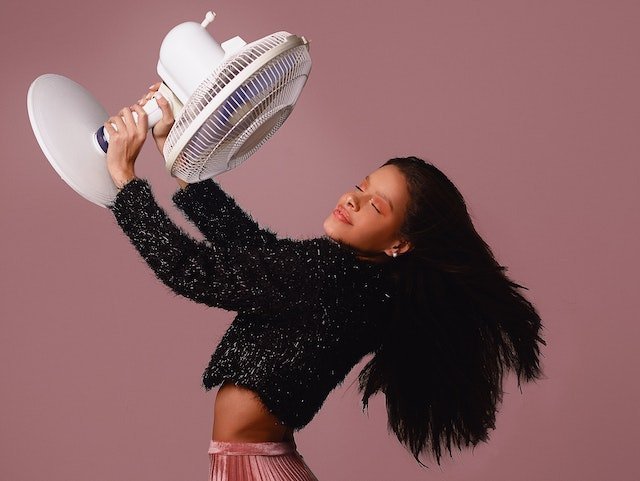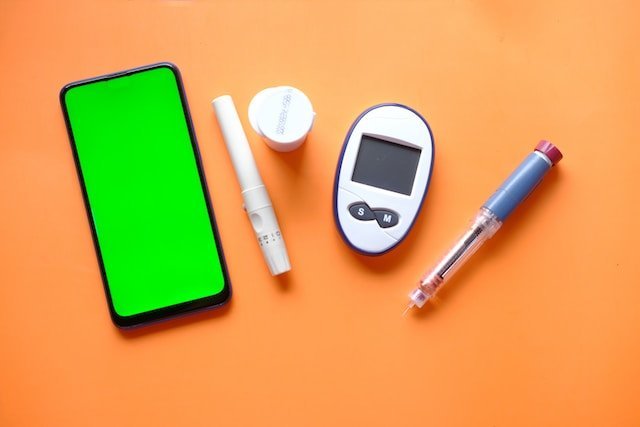Heat stroke is a severe and potentially life-threatening medical condition that occurs when the body’s core temperature rises to dangerously high levels due to prolonged exposure to high temperatures and excessive heat. It is the most severe form of heat-related illness and is considered a medical emergency. Heat stroke can lead to organ damage and even death if not treated promptly. Here are some ways to answer how heatstroke happens:
Key characteristics of heat stroke include:
- Elevated Body Temperature: The primary hallmark of heat stroke is a core body temperature of 104 degrees Fahrenheit (40 degrees Celsius) or higher. The body’s ability to regulate its temperature becomes overwhelmed.
- Central Nervous System Dysfunction: Heat stroke often causes neurological symptoms, including confusion, agitation, delirium, seizures, or loss of consciousness.
- Hot, Dry Skin: Unlike other heat-related illnesses like heat exhaustion, individuals with heat stroke may have hot, dry skin due to a breakdown in the body’s ability to sweat and cool itself.
- Rapid Heart Rate and Breathing: Heat stroke can lead to a rapid heartbeat (tachycardia) and increased breathing rate (tachypnea).
- Nausea and Vomiting: Affected individuals may experience nausea and may vomit.
- Headache and Dizziness: Severe headaches and dizziness are common symptoms of heat stroke.
Risk factors for heat stroke include high temperatures, high humidity, strenuous physical activity, dehydration, certain medications, and pre-existing medical conditions that affect the body’s ability to regulate temperature, such as cardiovascular disease or obesity.
Treatment for heat stroke is a medical emergency and typically involves the following steps:
- Rapid Cooling: The priority is to lower the body temperature as quickly as possible. This can be done by moving the individual to a cooler environment, removing excess clothing, and using cooling techniques such as cold packs, fans, or immersion in cool water.
- Hydration: Rehydration is important, but it should be done cautiously to avoid overhydration. Intravenous (IV) fluids may be administered by medical professionals.
- Monitoring: The person should be closely monitored for any changes in their condition, including vital signs, neurological status, and organ function.
- Medical Care: In severe cases, hospitalization may be necessary to provide intensive care and monitor for complications.
Preventing heat stroke involves staying hydrated, avoiding excessive heat exposure, wearing appropriate clothing, and taking breaks in the shade during hot weather. It’s especially important for vulnerable populations such as the elderly, young children, and individuals with certain medical conditions to take extra precautions during heatwaves and hot weather to prevent heat stroke.
How heatstroke happens?

Heat stroke occurs when the body’s normal mechanisms for regulating temperature become overwhelmed, leading to a dangerous increase in core body temperature. This happens due to prolonged exposure to high temperatures and heat-related stressors. Here’s how heat stroke typically occurs:
- Exposure to High Temperatures: Heat stroke is most commonly associated with exposure to hot and humid weather. However, it can also occur in very hot and dry conditions. High temperatures alone are not always sufficient to cause heat stroke; other factors play a role.
- Human body possesses natural mechanisms: It is to dissipate heat and maintain a stable core temperature, typically at around 98.6 degrees Fahrenheit (37 degrees Celsius). Sweating is one of the primary mechanisms for cooling down. When the ambient temperature rises, the body increases sweat production to release heat. However, high humidity or dehydration can hinder the effectiveness of sweating in cooling the body.
- Dehydration: Insufficient fluid intake or excessive fluid loss through sweating and urination can lead to dehydration. Dehydration reduces the body’s ability to sweat and cool down, making it more susceptible to heat stroke.
Other reasons you should watch out on why heatstroke happens:
- Physical Exertion: Engaging in strenuous physical activity in hot conditions can generate additional heat within the body. When the body cannot dissipate this heat quickly enough, it can lead to heat stroke.
- Failure of Thermoregulation: In a heat stroke scenario, the body’s thermoregulation mechanisms, which include sweating and blood vessel dilation, become overwhelmed. The body may stop sweating or produce significantly less sweat, and the blood vessels may constrict instead of dilate.
- Core Temperature Rises: As the body’s cooling mechanisms fail, the core body temperature begins to rise rapidly. When the core temperature exceeds 104 degrees Fahrenheit (40 degrees Celsius), heat stroke is diagnosed.
- Central Nervous System Dysfunction: The elevated core temperature can have a detrimental impact on the central nervous system. This can result in symptoms such as confusion, agitation, delirium, seizures, or loss of consciousness.
It’s important to note that heat stroke can occur relatively quickly, sometimes within just a few hours of exposure to high temperatures and heat-related stressors. Vulnerable populations, such as the elderly, young children, and individuals with certain medical conditions, are at higher risk of developing heat stroke.
How can you prevent heatstroke when it happens
Preventing heat stroke involves staying hydrated, avoiding prolonged exposure to extreme heat, wearing appropriate clothing, and taking breaks in the shade or air-conditioned environments during hot weather. Monitoring one’s own and others’ physical condition and responding promptly to signs of heat-related illness can also help prevent heat stroke.

Signs of Heatstroke when it happens
Recognizing the signs of heatstroke is crucial because it is a medical emergency that requires immediate attention. If you or someone you are with experiences any of the following symptoms in hot weather or after prolonged exposure to heat, it’s important to take action quickly:
- Extremely elevated core body temperature: Often exceeding 104 degrees Fahrenheit (40 degrees Celsius), is the most prominent sign of heatstroke.
- Altered Mental State: Heatstroke can lead to confusion, agitation, irritability, disorientation, or even loss of consciousness.
- Hot, Dry Skin: Unlike heat exhaustion, where the skin is usually moist and sweaty, individuals with heatstroke may have hot, dry skin.
- Nausea and Vomiting: Heatstroke can cause nausea and vomiting, which can further contribute to dehydration.
- Rapid Heart Rate and Breathing: An increased heart rate (tachycardia) and rapid breathing (tachypnea) are common symptoms of heatstroke.
- Throbbing Headache: Individuals with heatstroke often report severe headaches.
- Muscle Cramps and Weakness: Heatstroke can lead to muscle cramps and weakness, which may make it difficult for the person to move or stand.
- Seizures: In severe cases, heatstroke can trigger seizures.
- Unresponsiveness: As heatstroke progresses, a person may become unresponsive or lose consciousness.
If you suspect heatstroke is happens to someone, it’s essential to take immediate action:
- Call 911: Seek emergency medical assistance as soon as possible. Heatstroke is a medical emergency that requires professional treatment.
- Relocate to cooler surroundings: Preferably air-conditioned or shaded.
- Cool the person: Use damp cloths, ice packs, or fans while awaiting medical assistance.
- Offer cool water: Only to conscious individuals, avoiding alcohol and caffeine.
Conclusion
Remember that heatstroke can be life-threatening, and delaying treatment can have serious consequences. Always err on the side of caution and seek immediate medical attention if you suspect someone has heatstroke. Preventing heat-related illnesses by staying hydrated, taking breaks in the shade, and avoiding strenuous activity in extreme heat is the best approach.






















